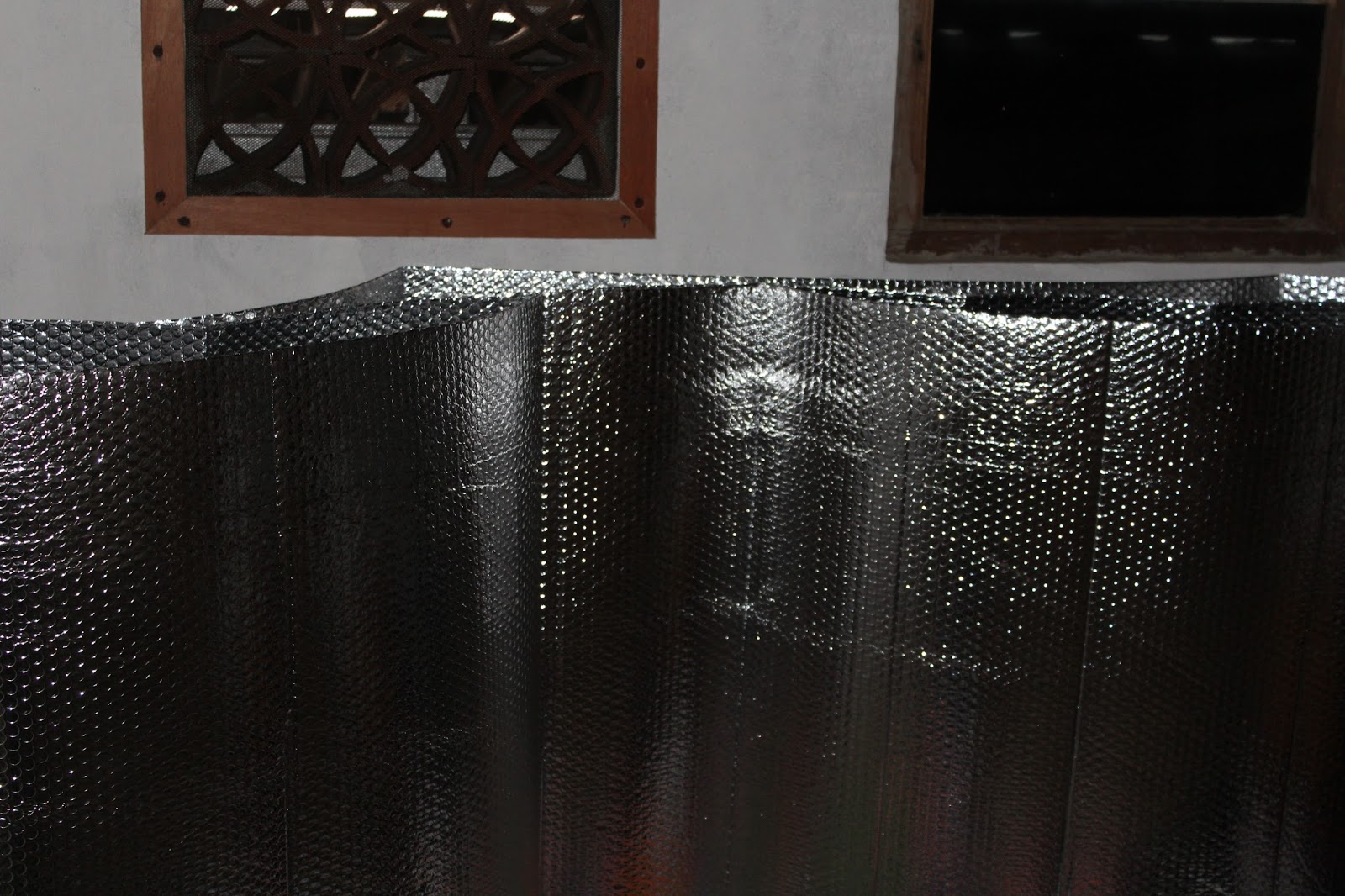If you've ever walked through a town, you may have seen tiny cell towers for 5G placed on poles for street lighting. They look like little boxes however they're actually sending wireless signals from mobile providers to your mobile.
These smaller towers are replacing larger built cell towers. Although they're not as visible, they still can cause issues for users.
The FCC's Radiation Exposure Thresholds
The FCC's Radiation Exposure Thresholds define the safe limit at which one can expose to electromagnetic radiation from wireless devices. The limits for exposure are based upon scientific research which show that the energy of RF can cause harm to health.

The absorption rate specific (SAR) is an indicator of the amount of radiofrequency energy that is taken up by tissues. It is typically 1.6 milliwatts per kilogram averaged over one Gram of tissue.
Since how to block radiation is able to transmit at higher frequencies and has the potential to create more energy on the skin and other directly-exposed body areas. This could lead to various possible harms, like the appearance of skin conditions like dermatitis, cataracts, and skin cancer.
Due to the possible severe effects of 5g radiation, PSU has chosen to set a general localized limits on power density, which is 4mW/cm2 averaged across 1 centimeter, and not to exceed 30 minutes for all 5G services running at 3000 GHz. This localized limit is in accordance with the peak SAR spatial-average of 1.6 W/kg averaged over 1 5 grams of body tissue, at 6 GHz.
The FCC's Maximum Exposure Thresholds
If you've ever used a mobile phone, you probably know that a safe range from the tower should be at least 400 meters away. This is because the power of the transmission of a cell tower increases dramatically the further the tower is.
While this sounds like something that's good but the truth is that people who live close to towers might be more vulnerable to health issues. For instance, a 2014 study in India discovered that those who lived within 50 meters of cell towers had much more health problems than those living further distance from them.
However, this study also showed that residents who moved to areas further away from the cell towers saw their symptoms improve within a few days. Other studies have shown that exposure to high amounts of electromagnetic field radiofrequency (EMFs) can lead to cancer, brain tumors as well as other health issues.
This is due to the fact that radiofrequency radiation, used in wireless communications, may be absorbed by the body's outer layer, the skin. It is crucial to know since the skin serves as a shield against injury to the body, infection from pathogenic microorganisms, as well as infiltration of toxic substances. It is also the biggest organ of the human body, and is accountable for maintaining the integrity of other organs.
The FCC's Minimum Exposure Thresholds
The FCC's Minimum Exposure Thresholds are based on numerous assumptions that are not supported by evidence from science. They include the false belief that exposures of a short duration to RF radiation are safe due to the limited radiation penetration in the human body (i.e. the heating of tissues).
The assumption is also ignoring the deeper penetration of the ELF parts of modulated RF signals and the consequences on the body of short bursts generated by RF waves that are pulsed. These theories are not compatible with current knowledge of the biological consequences of RF radiation. As such they should not be considered for health protection exposure standards.
In addition to that, ICNIRP and FCC are limiting their maximum radiation limits for local peak SARs based on the peak speed of spatial absorption (psSAR) that is not a sufficient dosimetric tool to assess the amount of exposure to RF radiation. Particularly it is inconclusive when frequencies exceed 6 GHz. Additionally, psSAR hasn't been evaluated for RF radiation with co-exposure to other environmental agents , such as sunlight. Interactions of RF radiation and other agents in the environment could produce synergistic or antagonistic results. This can lead to the risk of having adverse health effects. For how to reduce wifi radiation at home , exposure to RF radiation with sunlight may cause an increase in the incidence of skin cancer, and may also exacerbate other skin disorders, such as acne.
